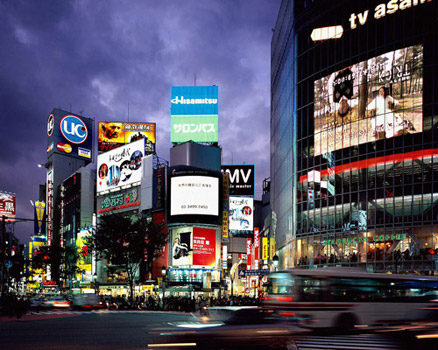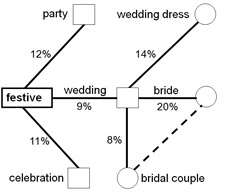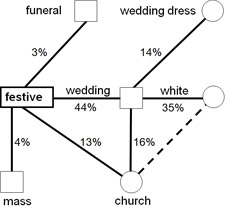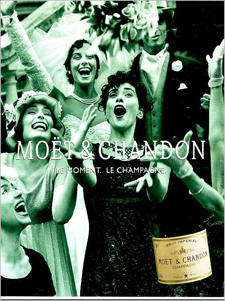

What exactly is international advertising? International advertising concerns advertising men as well as scientists. This is because international advertising is an important prerequisite for international marketing strategies - a point that is getting more and more important regarding the globalisation.
This homepage gives you an overlook on my publications on international advertising. They answer questions about content standardisation of international advertising, but also about standardisation of work processes of advertising development. Moreover I focus on problems of international market research in my articles.
Besides that, you'll find in the data base the original data of my dissertation on crosscultural advertising that I have gained within my research. Having this data you can do your own analyses.
Regarding the dominance of visual communication I worked at the usability of pictures within international advertising. The comprehension of theses pictures by receivers of different cultural environments is a bottleneck in international advertising. Because how people understand pictures depends on their feelings and experiences. Theses feelings and experiences are influenced by culture.
In other words: French people associate the advertising message "adventurous" differently to German people. They have got the picture of the movie hero "Indiana Jones" in their minds, being surrounded by wild animals near a tropical river, while the Germans see the Marlboro cowboy at a camp fire at night. So "adventurous" can occur in different mental images. The better the pictures in an advertisement correspond to the feelings and experiences of the receivers, the more likely they are to be understood.
The research about the associative behaviour gives you an insight on the feelings and experiences of people of different cultures. My studies in Germany, France and Switzerland have proved that the associative behaviour of the probationers and their visual understanding follows certain laws.
So-called associative networks display the associative behaviour of individuals. Those networks illustrate the mental associations to a keyword. For example, 12% of the Germans associate on the key word "festive" primarily the mental image of "party". However, most French people think of "wedding" (44%) when confronted with the equivalent key word “cérémonieux” (see fig. 1 and 2).
So if one wants an advertisement to be understood, he should choose such a motive which takes into consideration the specific way of thinking in the French and the German culture. Thus one can communicate the key message "festive" accurately in both cultures (see fig. 3 and 4).
 In other words: The visual understanding underlies certain laws of a visual language determined by culture. My studies give answers to the question which cultural factors cause differences in visual understanding as well as the question which pictures are understood similarly independent from these factors. Based on these research results I have derived devices for creating interculturally powerful pictures for emotional advertising.
In other words: The visual understanding underlies certain laws of a visual language determined by culture. My studies give answers to the question which cultural factors cause differences in visual understanding as well as the question which pictures are understood similarly independent from these factors. Based on these research results I have derived devices for creating interculturally powerful pictures for emotional advertising.
Figure 4

„Originally, this web site was used to transfer my research data. Today, this is a platform for cross-cultural communication in the digital era. It is a proving ground for social media.“
Figure 1:
Figure 2:

Figure 3

